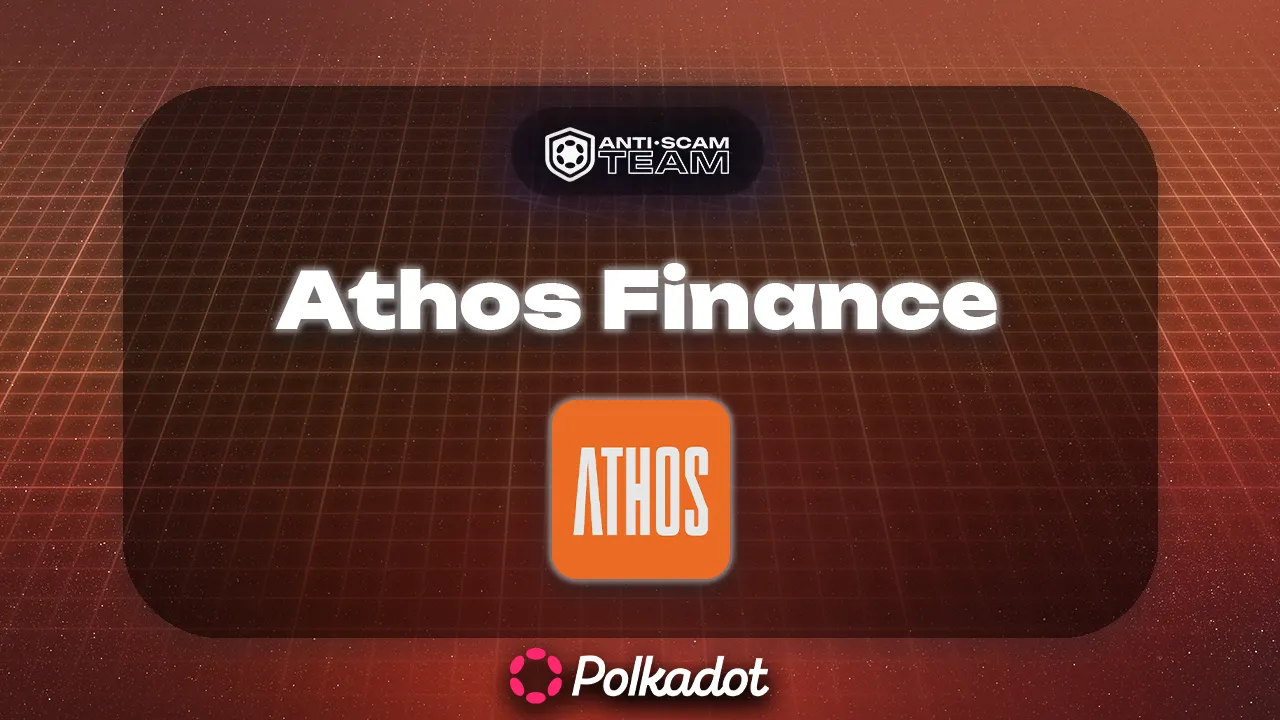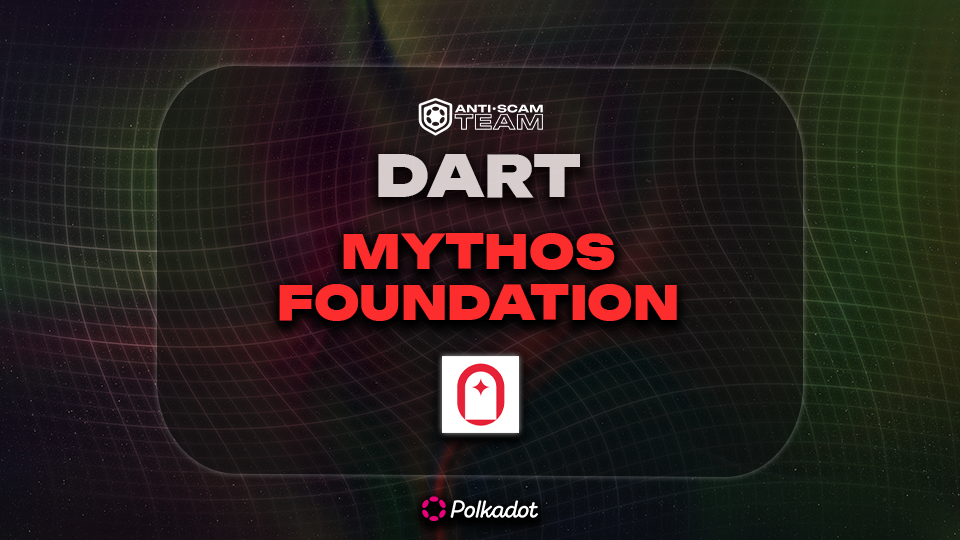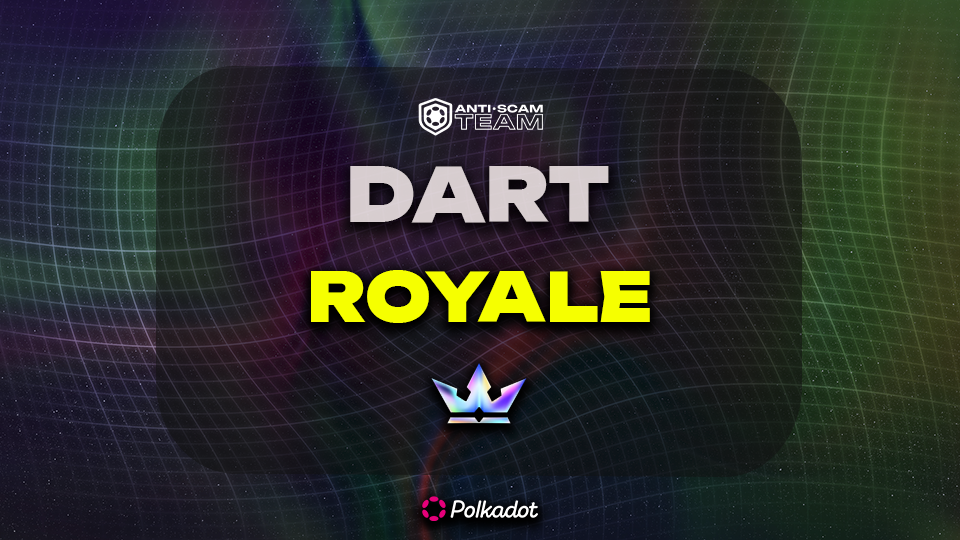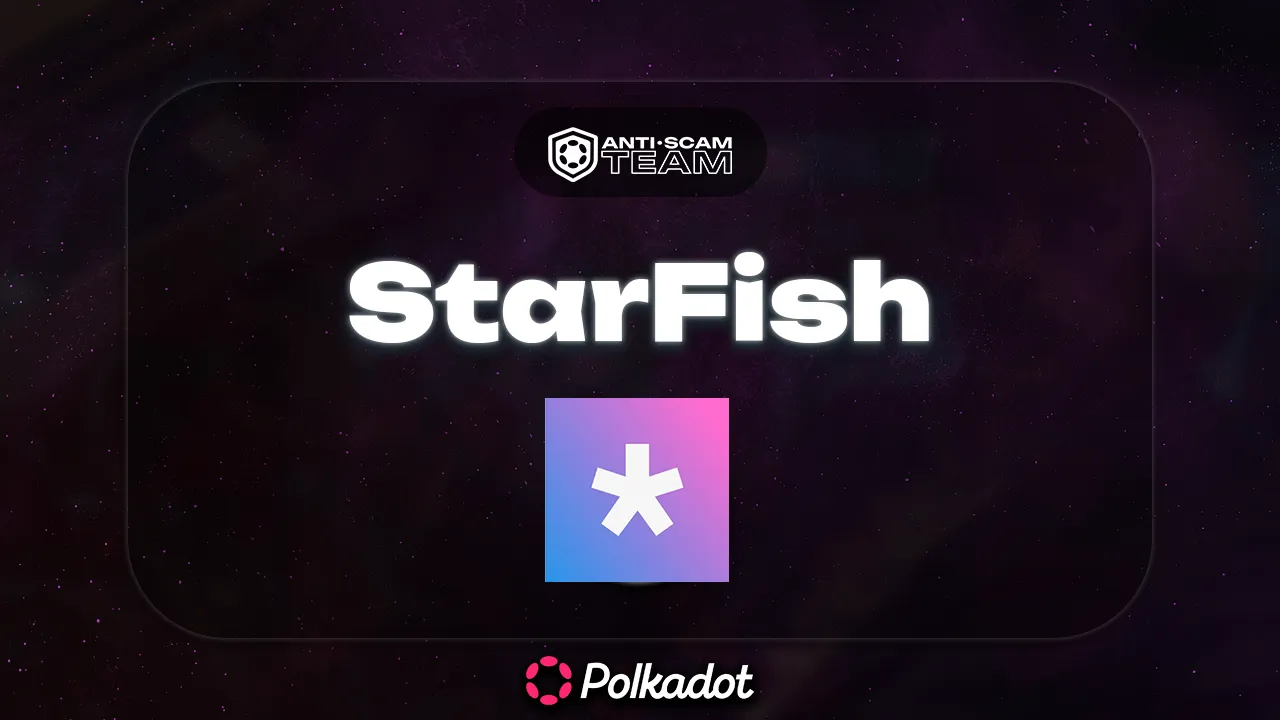Athos Finance is a decentralized finance (DeFi) protocol built on the Polkadot Network’s Moonbeam parachain. It offers users the ability to trade synthetic assets with infinite liquidity and no slippage, positioning itself as a seamless platform for delta-one asset trading. Despite these advantages, the DART (Digital Assets Risk and Trustworthiness) report highlights several key areas of concern and opportunity within the project.
Athos Finance Project Overview
Athos Finance provides on-chain price exposure through synthetic assets, allowing users to trade instruments that mirror various asset classes such as cryptocurrencies, forex, commodities, and market indices. The protocol operates by allowing users to stake $ATH or other collateral to mint $athUSD, a synthetic stablecoin, which represents a position in the protocol’s debt pool. This enables users to trade synthetic assets without the need for traditional liquidity pools or the risk of slippage.
The core value proposition of Athos Finance is its aim to solve liquidity and slippage issues, two challenges that often hinder decentralized exchanges. By offering infinite liquidity and eliminating slippage, Athos Finance provides a frictionless trading experience for its users.
Team Composition and Transparency
The DART report notes that while the Athos Finance team is competent, there is a significant lack of transparency regarding their qualifications and industry experience. The project is led by Kelvin Lam, who is responsible for strategy and development. He is joined by Daniel Chan and Ben Wong, both software engineers responsible for the protocol’s architecture and smart contracts, and Aslan Hon, who handles the UI/UX design. The advisory team includes Kevin Tai, a seasoned professional with experience in corporate finance and DeFi, and Aedreon Marshall, a marketing expert.
Despite the promising team structure, the report points out that there is minimal public information available on team members’ professional backgrounds or achievements. The absence of photos, social media links, and detailed bios further complicates efforts to verify their expertise. This lack of transparency raises concerns about trust and credibility, especially in an industry where reputation and accountability are crucial.
GitHub and Code Quality
Athos Finance has an open-source GitHub repository, which is a positive step toward transparency. However, the activity on the platform is relatively low, with just over 45 commits in the past year and only three contributors. This suggests that the project is progressing at a slow pace, which could impact its ability to attract community engagement and developer support.
The project uses Solidity, TypeScript, and Shell, which are industry-standard languages for DeFi development. While the technical foundation appears sound, the low level of GitHub activity is a concern, as it indicates a slower pace of innovation and potentially limits the protocol’s long-term viability.
Social Media and Community Engagement
One of the most critical areas highlighted in the DART report is the lack of active community engagement. Although Athos Finance maintains a presence across several platforms, including X (formerly Twitter), Telegram, Discord, and Medium, the level of activity is concerningly low. The X account has around 2.8K followers but has been inactive for the past seven months. Telegram, with just 132 subscribers, has not been updated in over two years. Discord, despite having a community of approximately 3K members, suffers from low interaction, and Medium content is outdated.
This decline in community engagement presents a red flag for potential investors and users. DeFi projects rely heavily on active, engaged communities for growth and adoption. The absence of recent updates and the read-only format of the Telegram channel further limit transparency and communication with users. The report suggests that this could indicate broader issues with the project’s health and viability.
Business Model and Risk Factors
Athos Finance operates on a collateralized debt pool model, which ensures continuous liquidity without relying on traditional buyer-seller dynamics. This approach enhances the protocol’s transparency and security but also introduces risks related to collateral volatility and insolvency. The report notes that Athos has built-in risk management mechanisms, including a target pledge ratio and plans to introduce multi-collateral functionality, which would add resilience to the protocol.
The business model is promising, as it offers infinite liquidity, decentralized access to synthetic assets, and no slippage, which are significant improvements over traditional DeFi platforms. The report highlights that these features make Athos Finance attractive to both retail and institutional investors.
However, the DART report also points out a significant risk: Athos Finance is a fork of Linear Finance, a protocol that experienced a major attack in 2023, resulting in the loss of lUSD. The Linear Finance team, which overlaps with the Athos Finance team, acknowledged the attack and its consequences. This raises questions about the security and robustness of the Athos protocol, as the underlying architecture shares similarities with the compromised system.
Conclusion and Rating
The DART report concludes that Athos Finance has notable strengths, particularly in its business model and its focus on providing a decentralized, seamless trading experience. However, several areas of concern temper the project’s overall promise. The lack of transparency around the team, low community engagement, and potential security risks inherited from Linear Finance all contribute to a cautious outlook.
Athos Finance is awarded a two out of five stars rating. While it has the potential for growth, particularly as interest in synthetic assets and DeFi platforms continues to rise, the project will need to address these key issues to realize its full potential. Increased transparency, improved community engagement, and a more active development cycle are necessary steps to enhance trust and ensure long-term success.
Potential investors and users are advised to closely monitor the project’s development and assess any improvements in transparency and community interaction before making any commitments. As always, due diligence is crucial in the volatile and rapidly evolving DeFi space.
Final Score: 2/5
For further inquiries, the report directs users to the project’s official communication channels on Polkadot Antiscam Team and Discord.




